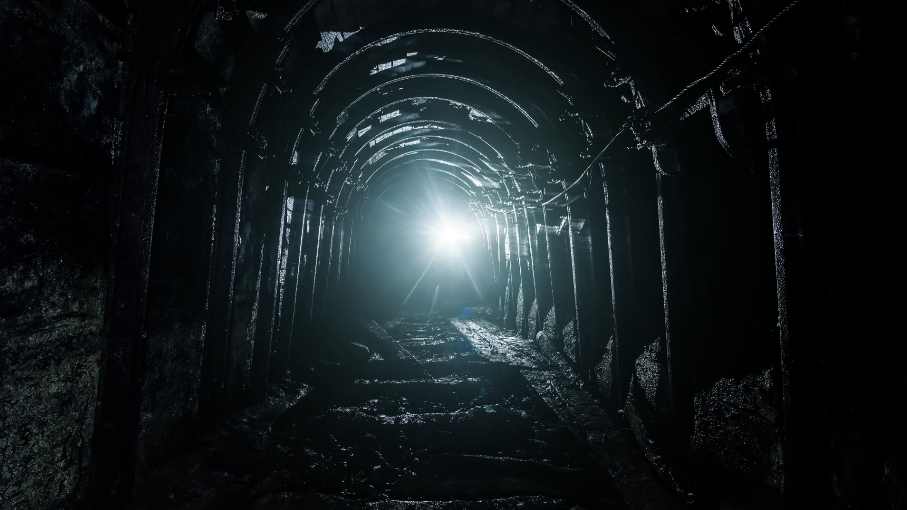And you thought Molycorp had it tough: Some Chinese REE miners report 90% drop in earnings

Rare earth production throughout China – responsible for more than 90% of the world’s output – has slowed due to weak downstream demand with output in Guangdong province particularly depressed.
China Daily reports downstream enterprises are playing a wait and see game, hoping to capitalize if rare earth prices decline further:
A spokesman from Guangdong Rising Nonferrous Metals Group Co. Ltd, a leading rare earth producer, said the company’s net profit declined by 90 percent year-on-year in the first half of 2012 due to drops in sales and prices.
“The company has to axe part of its capability due to waning demand of the downstream sector and the policy cap on the metal’s output,” the spokesman said.
China has been cracking down on illegal rare earth producers in the province as part of a general move by the central government to reform and consolidate the sector, with authorities recently slashing rare earth mining permits in half and consolidating producers under one large corporation.
The volume of rare earth minerals legally exported from China for the first half of 2012 plunged by 42.7% year-on-year to hit 4,908 tonnes according to statistics from China’s customs authorities.
Despite the problems besetting China’s producers, the country is likely to remain the dominant producer for the foreseeable future – cost of production in China are roughly 30%-40% lower than in other nations.
On top of that the two largest players outside China – Molycorp in the US and Australia’s Lynas – have run into their own difficulties.
Few industry observers have high hopes for India’s plans to become a large-scale producer and Russia’s plans to get back in the REE game is in its early stages.
Clearance sales
Although prices appeared to have bottomed out during the second quarter the fall in the value of REEs have been nothing if not spectacular. Abundant, less valuable REEs have experienced the sharpest reversals.
Lanthanum oxide – used in ceramics and fuel catalysts – for example rose from a price of just $8.71/kg in 2008 to $117/kg in the third quarter of 2011. At the start of 2012 it had pulled back to $66/kg. Now it has halved again – this week a kilogram of lanthanum could be picked up for $20. That’s a 70% collapse in less than a year. And consider that inside China that same kilogram costs $11.16.
When export prices of lanthanum were at record highs of $117/kg domestic Chinese prices were less than $20. That differential has gone from almost 10 times to less than double.
This price behaviour can be seen across the board: cerium oxide, used to polish TV screens and lenses, is now trading at $21 from all-time highs of $118 in the September quarter last year and just under $60 in Q4. In 2008 the price for cerium oxide was $4.56.
Heavy and scarcer REEs have generally held up better, but some have experienced price declines of 50%.
Neodymium oxides, used in windmills, have seen a dramatic slump – from $338/kg in Q3 2011 to $105/kg as of 13 August.
A hybrid vehicle ingredient, dysprosium, rocketed from a price of $118.49/kg in 2008 to $921.20/kg in the third quarter of 2011 and $2,262/kg by September last year.
Dysprosium, also used in conjunction with vanadium and other elements in making laser materials, has now given up more than $1,000 per kilogram and can be bought for $950 this week. The price is also now much more in line with domestic Chinese prices of $605/kg.
The reversal in europium oxide – the priciest REE which is used in medical imaging and the nuclear and defence industries – has been most startling.
The price of europium increased almost 10-fold from $492 in 2009 to average $4,900 in the third quarter of 2011. Three months later it dropped $1,200 in price and is now worth $2,020 a kilogram. Chinese domestic europium is another $1,000 cheaper at $1,022/kg.
{{ commodity.name }}
{{ post.title }}
{{ post.date }}




Comments